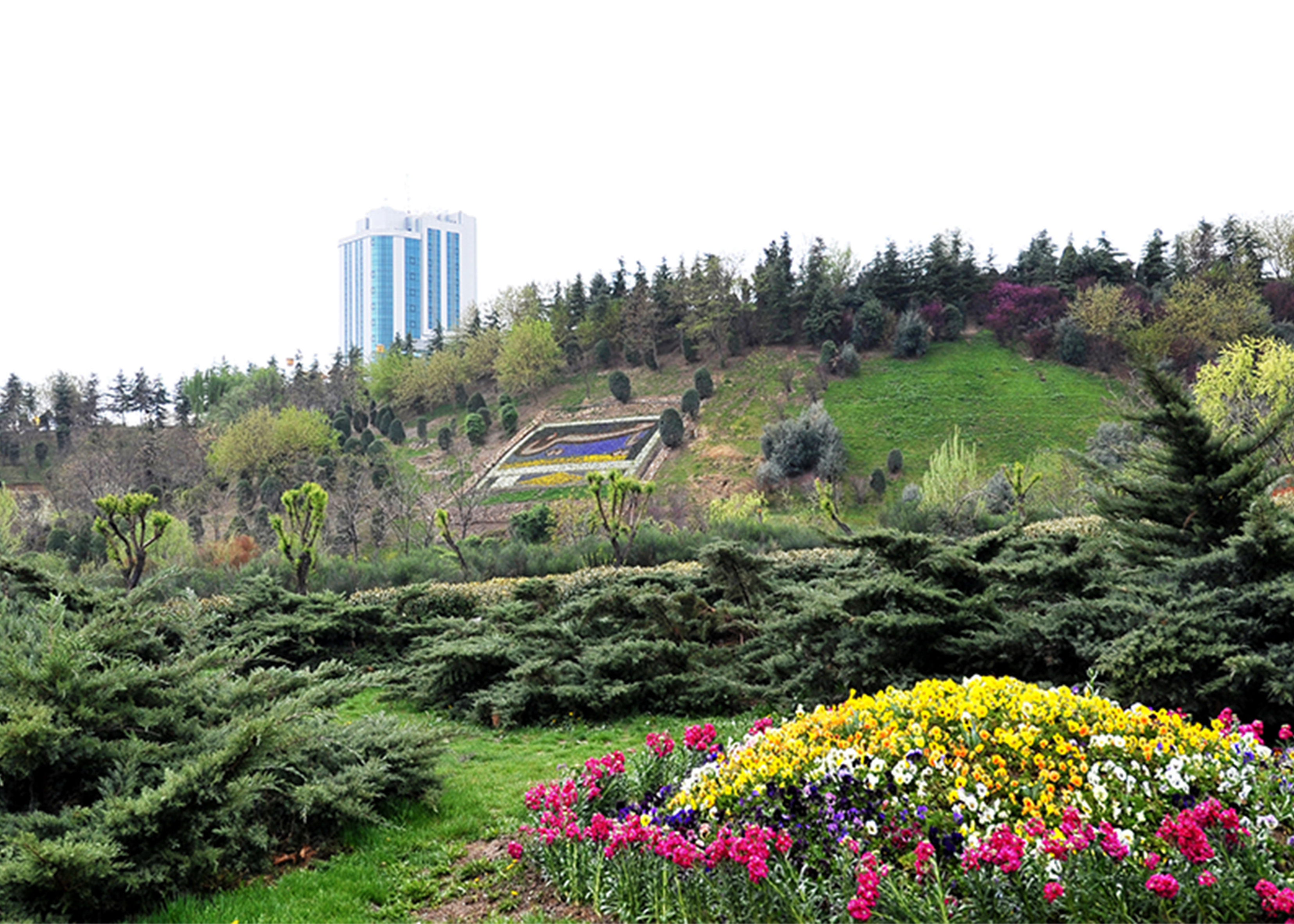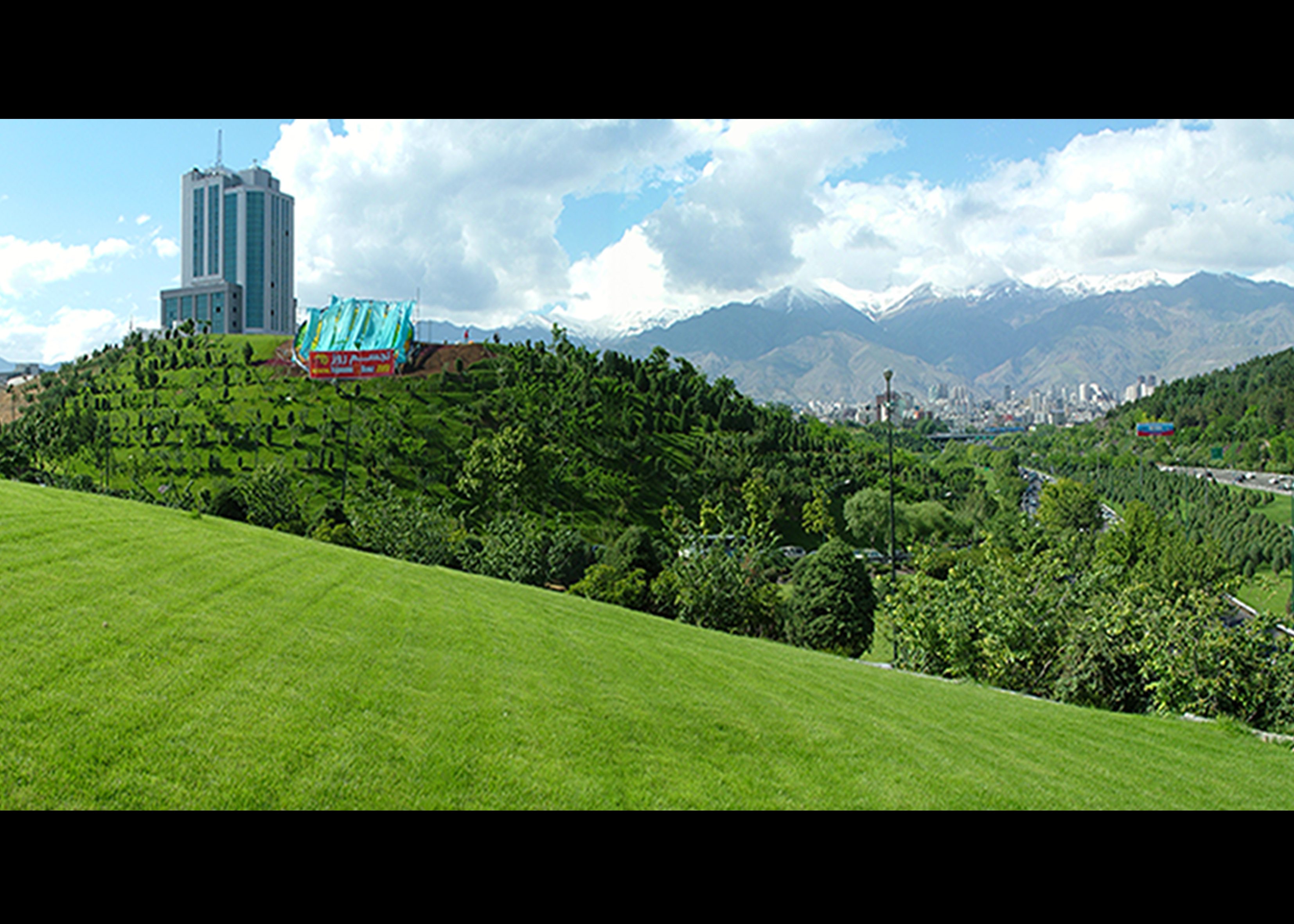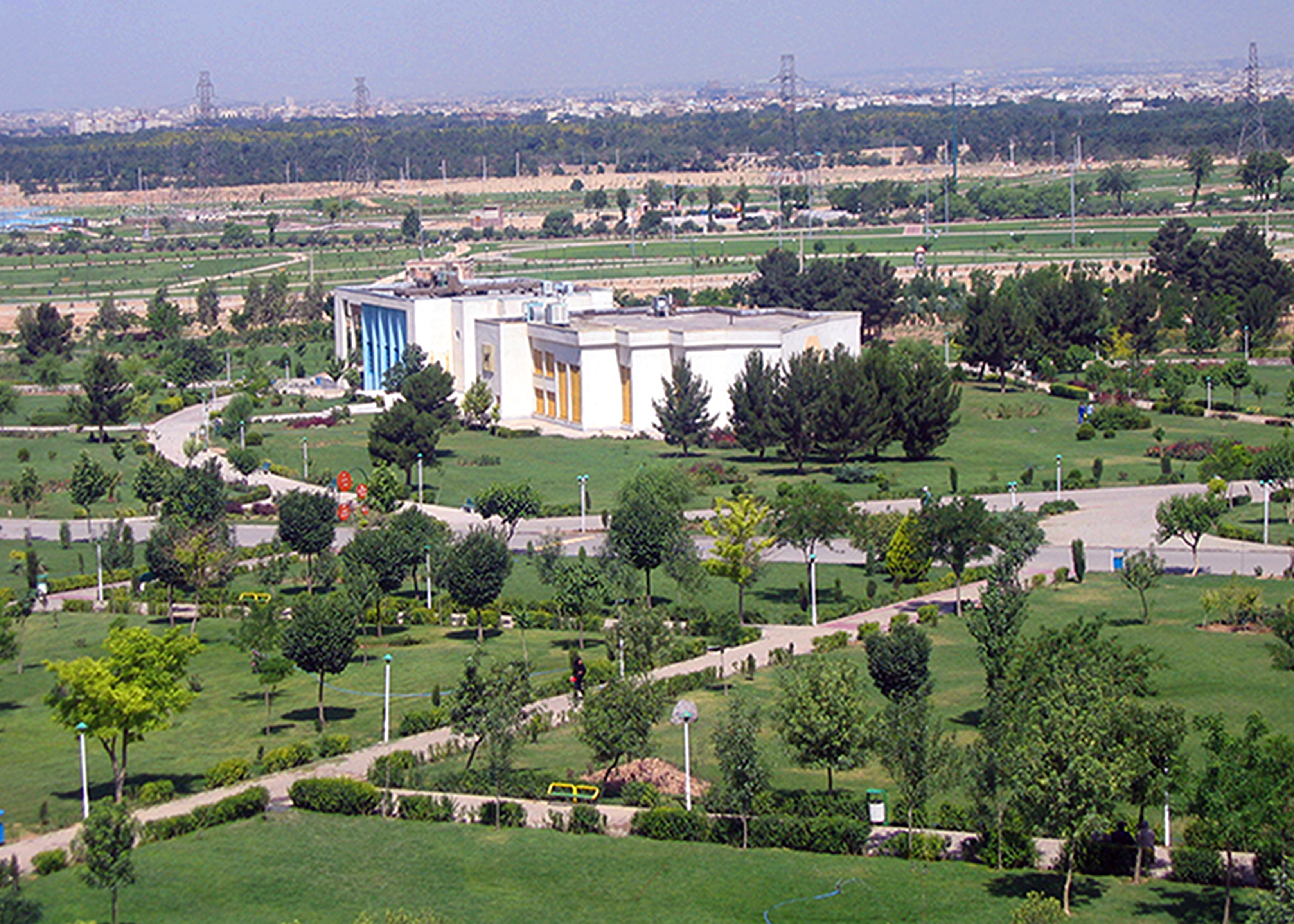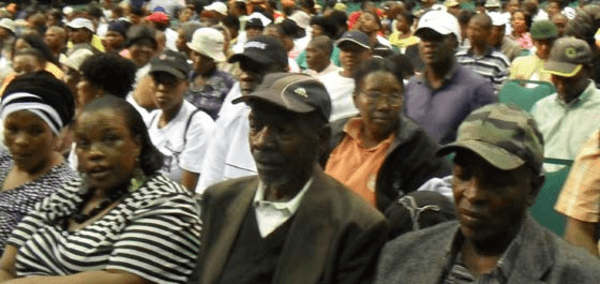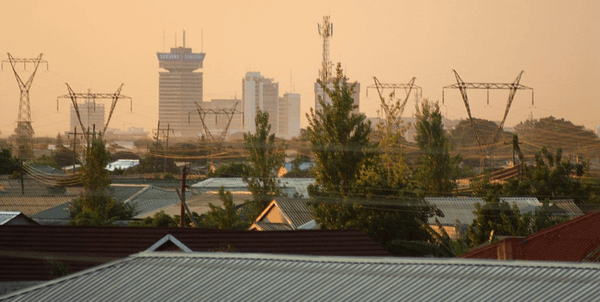City
Tehran
Main actors
City Government
Project area
Whole City/Administrative Region
Duration
Ongoing since 1988
Tehran Parks and Green Space Organization is committed to achieving sustainable development of Tehran green space and improving environmental protection. The organization also conducts awareness raising campaigns and training activities to broaden citizens' knowledge about parks development.
Tehran Parks and Green Space Organization has adopted a comprehensive and long-term program that includes four distinctive stages:
- Development of physical activities,
- Considering promotional and educational measures,
- Development of green spaces along highways,
- Development of peri-urban forestry since 1988.
Implemented over a 30-year period of time, green space activities have included the establishment of 154 parks and the development of 4,280 hectares of forests since 1988.
At present, Tehran Parks and Green Space Organization attempts to achieve sustainable green space development and improve urban environment. All activities are managed in conformity with the Tehran Parks and Green Space Organization’s Constitution. Planning processes are implemented in accordance with the criteria and indicators of sustainable urban development and follow a bottom-up approach.
On Map
The Map will be displayed after accepting cookie policy






